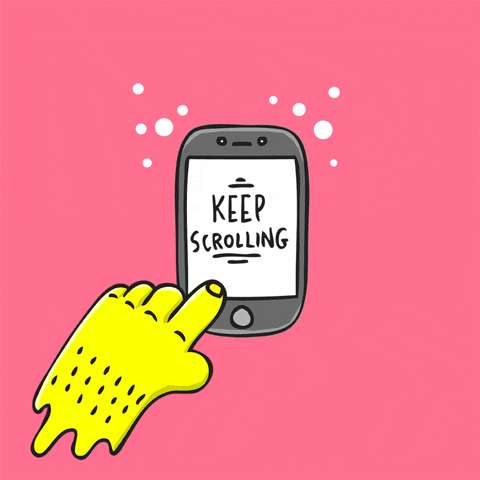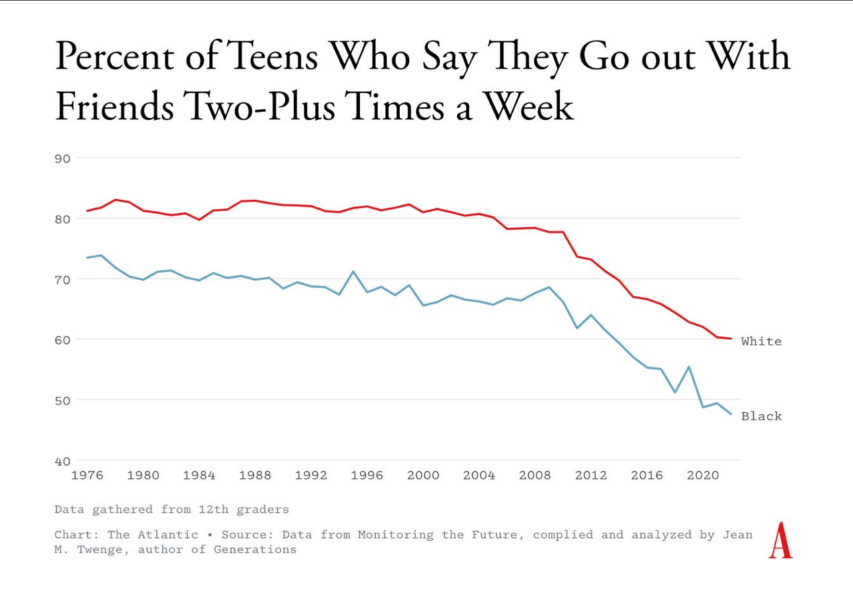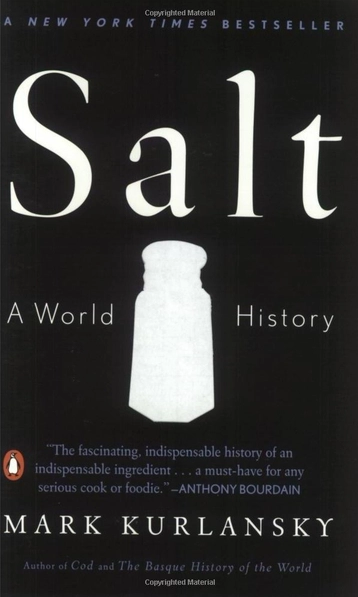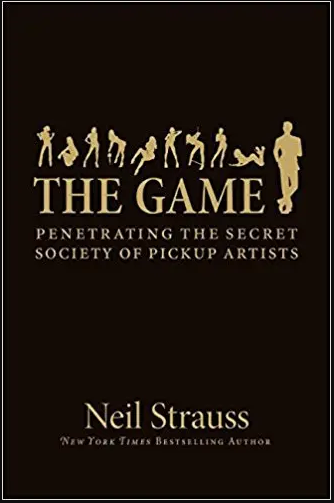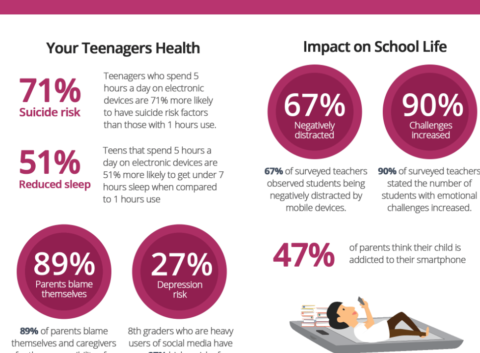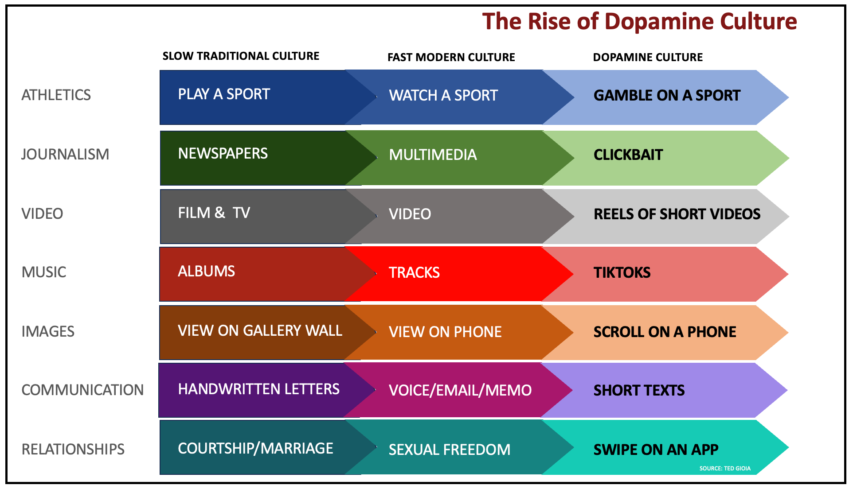In Quillette, Brandon McMurtrie asks us to consider why, with more people in therapy than ever before, the overall mental health of the population is declining:
Why has mental health got worse given the prevailing emphasis on self-care and accurately knowing and expressing oneself? And why do people and groups most inclined to focus on their identity appear to be the most distressed, confused, and mentally unwell? Is it possible that the new therapy culture and the emphasis on introspection is actually making things worse?
I am not the first to notice these developments — Abigail Shrier’s new book Bad Therapy has carefully delineated a similar argument. Her arguments are elsewhere supported by research on semantic satiation and ironic uncertainty, the effects of mirror gazing, the effects of meditation, and how all this relates to the constant introspection encouraged by therapy culture and concept creep.
Satiation and Its Effects
Semantic satiation is the uncanny sensation that occurs when a word or sentence is repeated again and again, until it appears to become foreign and nonsensical to the speaker. You may have done this as a child, repeating a word in quick succession until it no longer seems to be recognizable. It’s a highly reliable effect — you can try it now. Repeat a word to yourself quickly, out loud, for an extended period, and really focus on the word and its meaning. Under these circumstances, most people experience semantic satiation.
This well-studied phenomenon — sometimes called “inhibition”, “fatigue”, “lapse of meaning”, “adaptation”, or “stimulus satiation” — applies to objects as well as language. Studies have found that compulsive staring at something can result in dissociation and derealization. Likewise, repeatedly visually checking something can make us uncertain of our perception, which results, paradoxically, in uncertainty and poor memory of the object. This may also occur with facial recognition.
Interestingly, a similar phenomenon can occur in the realm of self-perception. Mirror gazing (staring into one’s own eyes in the mirror) may induce feelings of depersonalization and derealization, causing distortions of self-perception and bodily sensation. This persistent self-inspection can result in a person feeling that they don’t recognize their own face, that they no longer feel real, that their body no longer feels the same as it once did, or that it is not their body at all. Mirror-gazing so reliably produces depersonalization and realization (and a wide range of other anomalous effects), that it can be used in experimental manipulations to trigger these symptoms for research purposes.
[…]
The Satiation of Gender Identity
The number of people identifying as non-binary or trans has skyrocketed in recent years, and a growing number of schools are now teaching gender theory and discussing it with children — sometimes in kindergarten, more often in primary school, but especially in middle- and high-school (though in other schools it is entirely banned). While this may be beneficial for those already struggling with gender confusion, it may also present an avenue for other children to ruminate and become confused via “identity satiation”.
The kind of gender theory increasingly taught in schools encourages children to spend extended periods of time ruminating on self-concepts that most would not otherwise have struggled with. They are given exercises that encourage them to doubt their own unconscious intuitions about themselves, and to ruminate on questions like “Do I feel like a boy?” and “What does it mean to feel like a boy?” and “I thought I was a boy but what if I am not?”
Such questions are often confusing to answer and difficult to express, even for adults unaffected by gender dysphoria. But asking children to ruminate in this way may lead to confusion and depersonalization-derealization via the mechanisms described above. “Identity satiation” may then lead them to decide they are non-binary or trans, especially when identifying as such is rewarded with social recognition and social support. Many people who subsequently de-transitioned have described this process: “I never thought about my gender or had a problem with being a girl before”.



